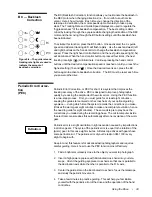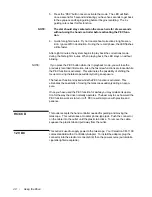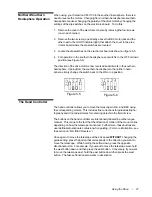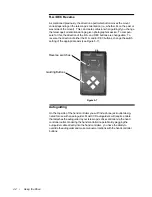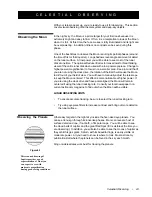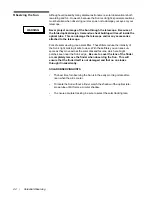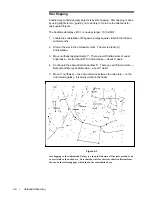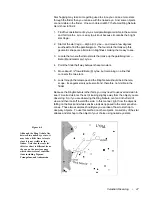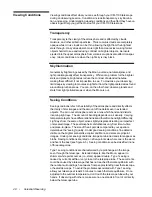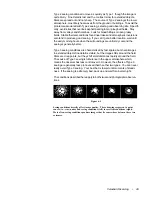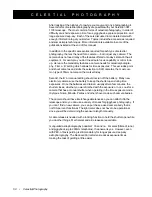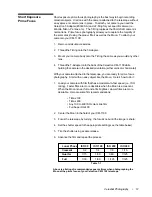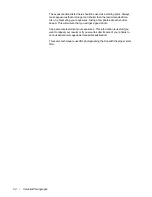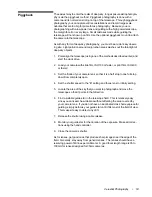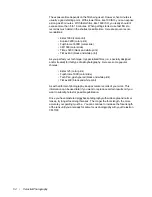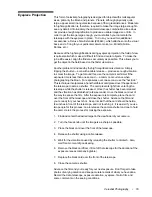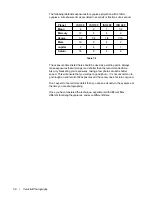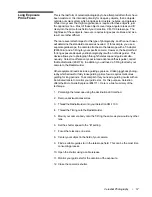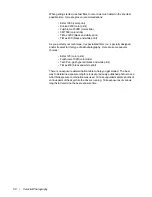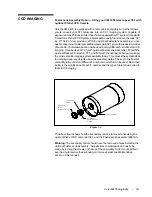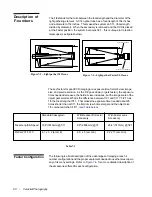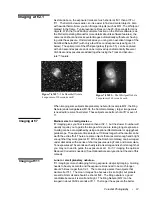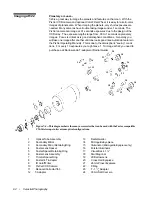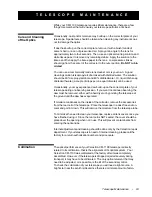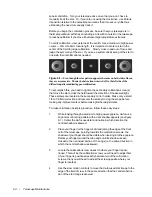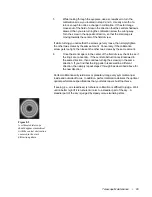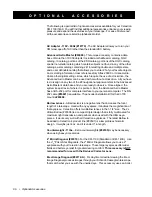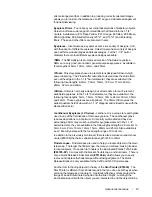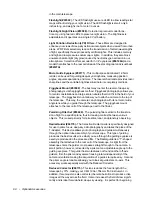
Celestial Photography • 53
The easiest way to enter the realm of deep-sky, long exposure astrophotogra-
phy is via the piggyback method. Piggyback photography is done with a
camera and its normal lens riding on top of the telescope. Through piggyback
photography you can capture entire constellations and record large scale
nebulae that are too big for prime focus photography. Because you are
photographing with a low power lens and guiding with a high power telescope,
the margin for error is very large. Small mistakes made while guiding the
telescope will not show up on film. Use the optional piggyback mount to attach
the camera to the telescope.
As with any form of deep-sky photography, you must be at a dark sky observ-
ing site. Light pollution around major urban areas washes out the faint light of
deep-sky objects.
1.
Polar align the telescope (using one of the methods described earlier) and
start the clock drive.
2.
Load your camera with slide film, ISO 100 or faster, or print film, ISO 400
or faster!
3.
Set the f/ratio of your camera lens so that it is a half stop to one full stop
down from completely open.
4.
Set the shutter speed to the “B” setting and focus lens to infinity setting.
5.
Locate the area of the sky that you want to photograph and move the
telescope so that it points in that direction.
6.
Find a suitable guide star in the telescope field. This is relatively easy
since you can search a wide area without affecting the area covered by
your camera lens. If you do not have an illuminated cross hair eyepiece for
guiding, simply defocus your guide star until it fills most of the field of view.
This makes it easy to detect any drift.
7.
Release the shutter using a cable release.
8.
Monitor your guide star for the duration of the exposure. Make all correc-
tions using the hand controller.
9.
Close the camera’s shutter.
As for lenses, get good ones that produce sharp images near the edge of the
field. Generally, stay away from generic lenses. The lenses should have a
resolving power of 40 lines per millimeter. A good focal length range is 35 to
100mm for lenses designed for 35mm cameras.
Piggyback

